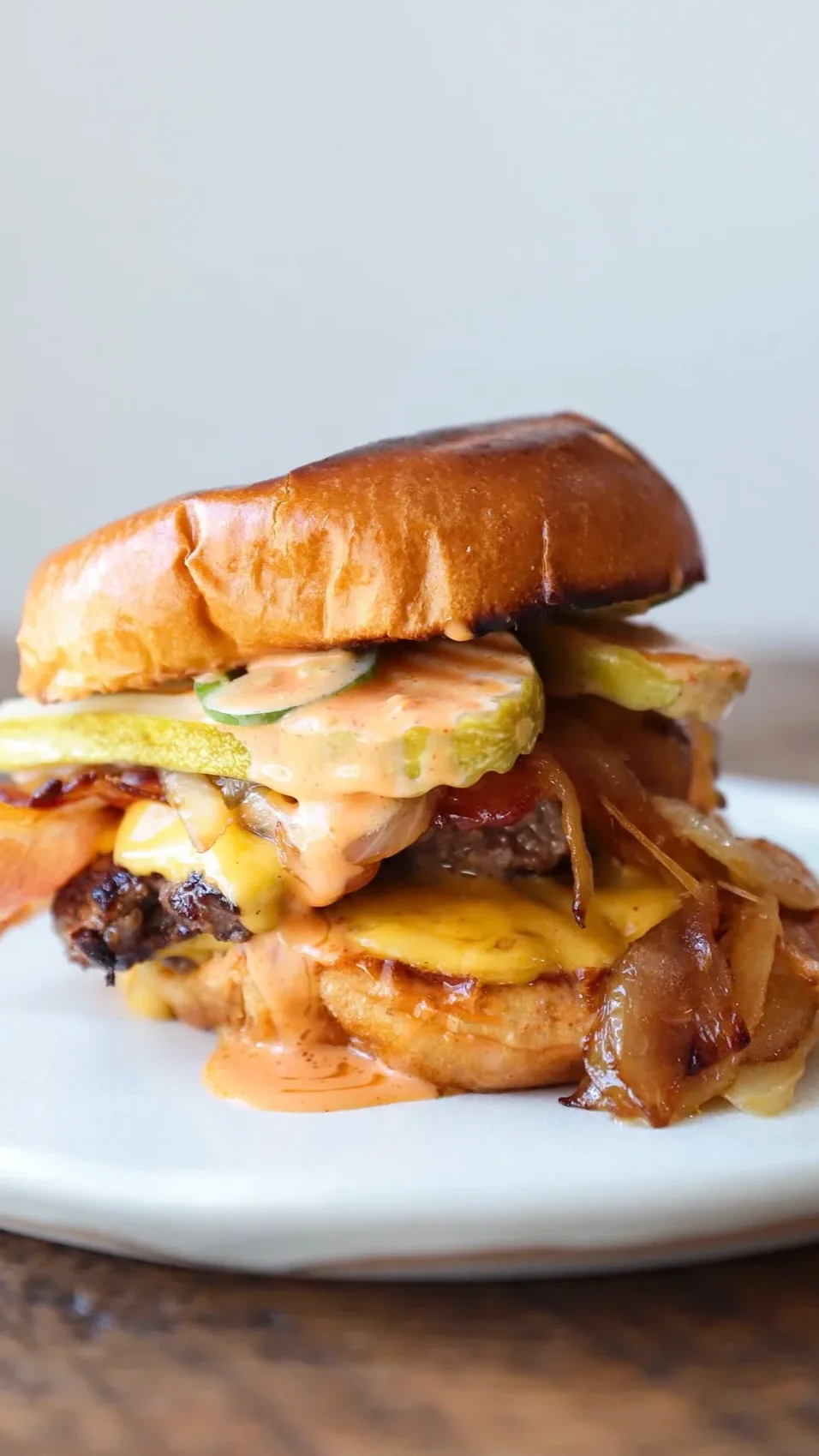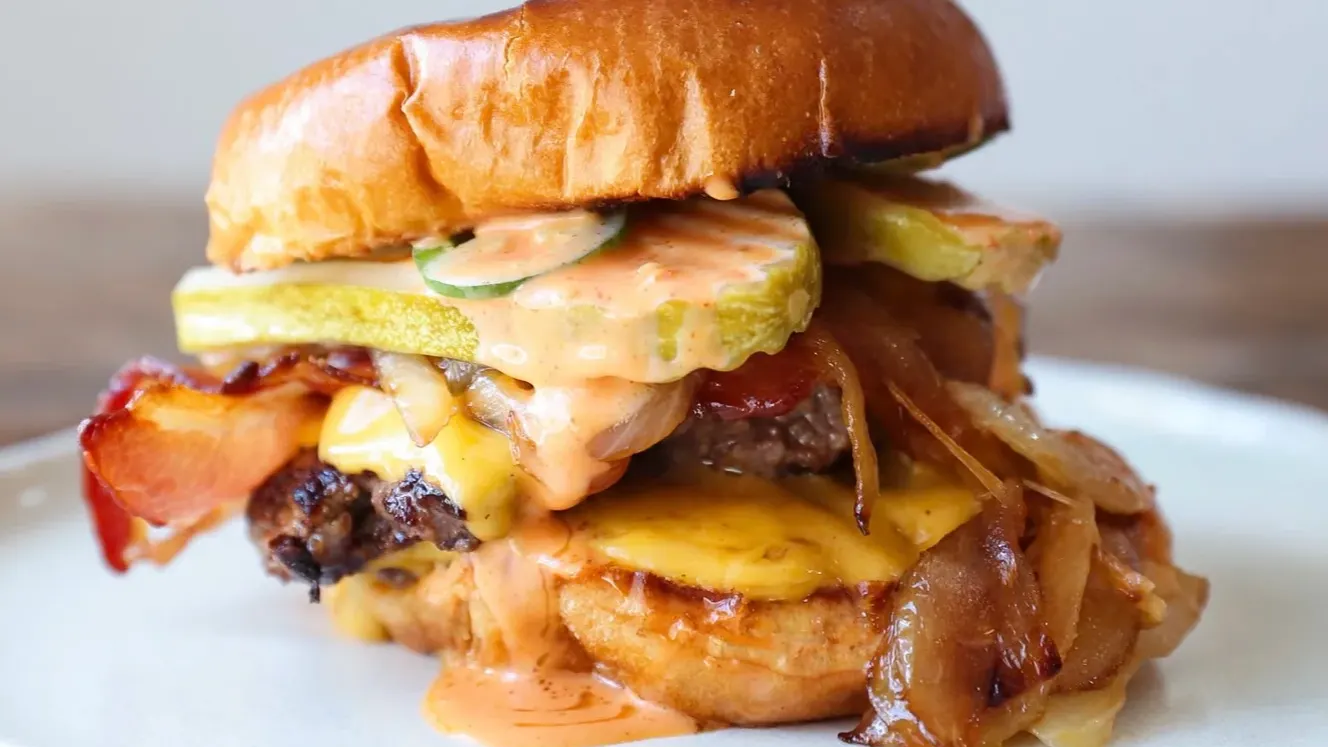theartofeating
Home
Recipes
Where to Eat
Contact
My Account
Latest Recipes
153 recipes
The Ultimate Prime Rib
75 hr 50 min
Gingerbread Tiramisu
4 hr 20 min
Sausage & Pepper Buns
30 min
Savory Pizzelle Cookie
40 min
Cheeseburger Tater Tot Casserole
45 min
Cinnamon Rolls with Cream Cheese Frosting
2 hr
Christmas Sugar Cookies
10 min
Linzer Cookies
2 hr 30 min
Blue Claw Crab Beignets
40 min
French Onion Tarte Tatin
35 min
Potato Latkes
50 min
Chocolate Crinkle Cookies
1 hr
What & Why
What is theartofeating & why should you subscribe? theartofeating is about shifting how you think about food. It’s not just cooking—it’s how you see it, approach it, and experience it. It’s more than just slutty burgers or fancy tasting menus. Food is nourishment, its stories, emotion, purpose, tradition. I want to change the way you think about food, help you see the art in it and respect where it comes from, but most importantly, teach you what to do with it. This page isn’t just a website—it’s a tool. Use it right, and you’ll never have to Google blindly again. Keep it open in your browser on your phone and it’ll become one of your most-used apps. Whether you need a quick dressing, a simple weeknight meal, or something more advanced, I’ll show you how anyone can cook. Think of this as your recipe rolodex—everything I’ve collected, adapted, and tested over the years. These are the tools I use every day. Plus, with your subscription, you get my monthly newsletter full of food trends, restaurant reviews, and more to keep your mind churning. You’ll also get access to my favorite restaurant lists for over 30 cities. Pretty cool, right? Welcome, to the art of eating
My Story
Hi 👋 I’m Matthew, a multifaceted chef, food writer, photographer and native New Yorker. If you’ve made it here, it was probably through my many social pages where I share my love for storytelling through food. Over the last 19 years of my career in restaurants & food, along with having eaten at some of the most renowned places in the world, my palate and my experiences have brought me here to share with all of you. A graduate from the Culinary Institute of America, I went on to be a protégé in some of New York’s most renowned kitchens including Per Se, Le Bernardin, Corton & Blue Hill at Stone Barns. After about 10 years or so in Michelin kitchens and traveling the world staging at restaurants (yes, like in The Bear) I now reside in Westchester NY as a private chef and artist.
YouTube Show!
Be sure to subscribe over on YouTube & tune in to Season 1 of our new show out now! Long-form in depth demos on many of the techniques used in my recipes + more! You're not gonna wanna miss it, click below for more!
Dali Dinner Club
A single table. A secret address. Dali is a surrealist tasting experience hidden in unexpected places, where food, art, and atmosphere entwine into something intimate and strange. The menu is never revealed in advance, the setting shifts each time, and the experience is designed to surprise. Step closer, and you’ll find where the invitation leads. Dali isn’t a restaurant. It’s a moment. You’ll know when your time comes. This is a surreal dining experience presented by THEARTOFEATING
Pinky's Ice Cream
Pinky’s is a small-batch creamery born in the Hudson Valley, where we churn out inventive, flavor-packed ice creams using only the finest local and organic ingredients. Founded in 2022 by chef and lifelong ice cream enthusiast Matthew Mancuso, Pinky’s began as a childhood obsession and evolved into a chef-driven passion for capturing bold flavors in every scoop. We don’t have a brick-and-mortar shop — instead, we focus exclusively on wholesale, partnering with businesses that want to serve ice cream their guests will never forget. You can now find us on Park Ave at David Burke’s restaurants, along with a handful of stores throughout Westchester & the Hudson valley. If you have a business and want Pinky’s in your freezer, follow the link below and let’s make it happen!

